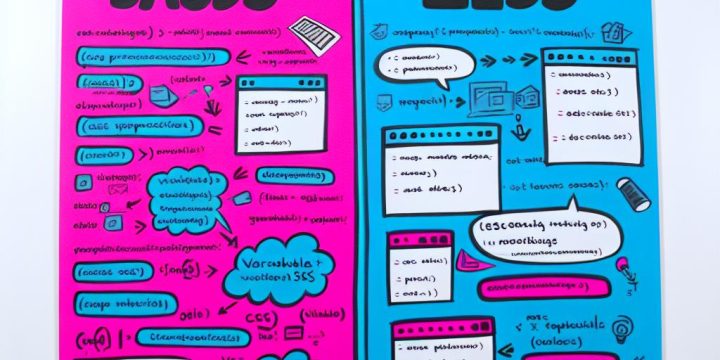Creating themes with WordPress using HTML/CSS
Understanding the Basics of WordPress Themes Creating a WordPress theme using HTML and CSS allows you to customize the look and feel of your website significantly. A WordPress theme is essentially a collection of files that dictate the appearance and layout of a WordPress site. Understanding the fundamentals of HTML and CSS is crucial, as these are the building blocks for designing themes. Essential Components of a WordPress Theme A WordPress theme comprises multiple files and templates, each serving a specific purpose. The most critical files include: style.css: This is the main stylesheet file that contains all the design instructions for your theme. It typically starts with comments at the top that provide crucial information about your theme, such as its name, author, and description. This information is critical for…




